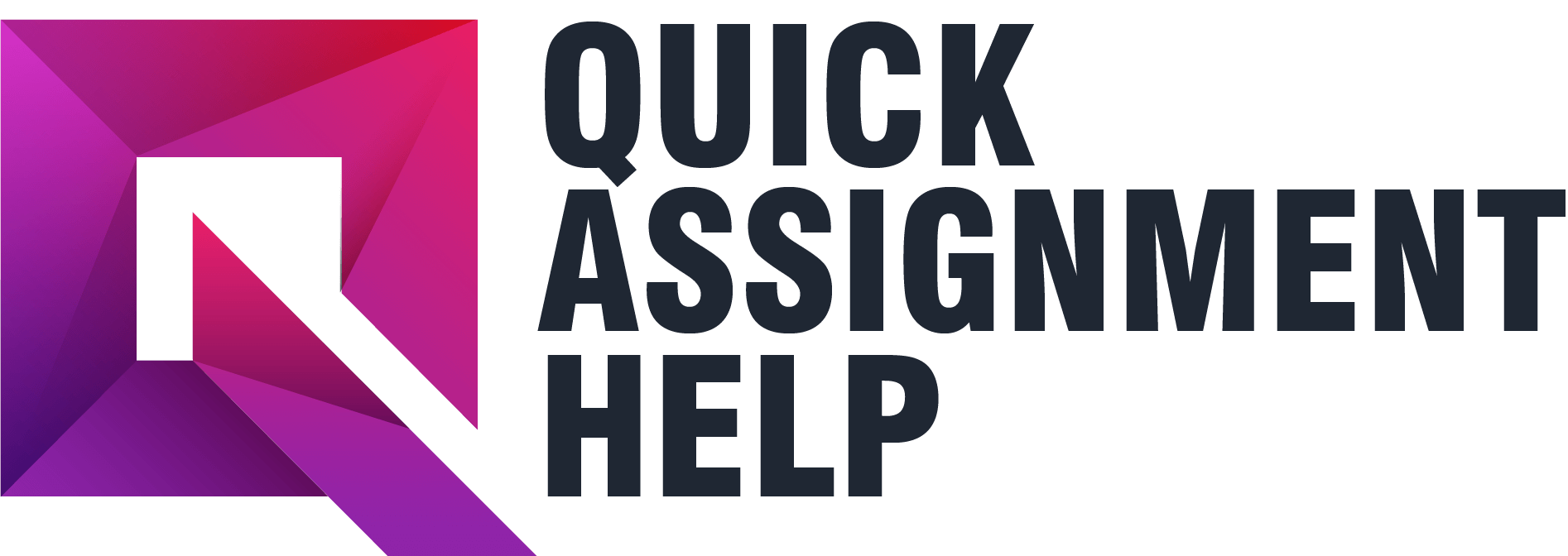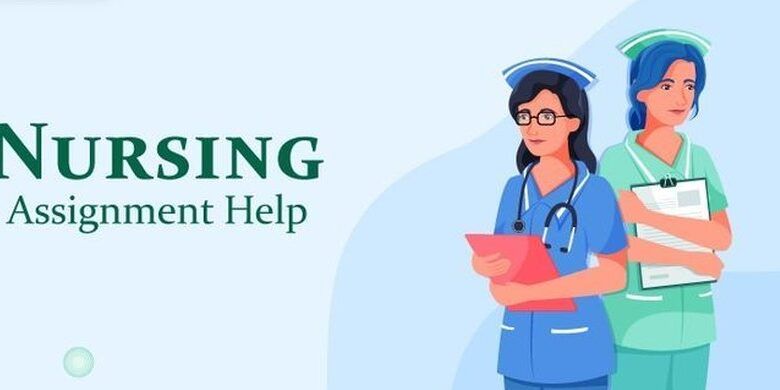Write a 1200-1500-word essay addressing each of the following points/questions. Be sure to completely address each bullet point. Separate each section in your paper with a clear heading that allows your professor to know which bullet you are addressing in that section of your paper. Support your ideas with at least four (4) sources in your essay. Make sure to reference the citations using the APA writing style for the essay. The cover page and reference page do not count towards the minimum word amount. Review the rubric criteria for this assignment.
1. Explain the five stages of group development.
2. Describe the various information gathering methods a group may use.
3. Explain the difference between a traditional work team and a self-managing work team.
4. Explain the various approaches managers can use to build team performance
Borkowski, N. (2016). Organizational behavior, theory, and design in health care (2nd ed.). Jones & Bartlett. ISBN 978-1-284-05088-2. Read Chapters 15, 16 & 17.
Expert Answer and Explanation
Group Development
Introduction
Group development refers to the procedure where the members of a newly formed team have to learn how their teammates have been operating. The primary objective for doing this is to make them acquitted to the ways of the organization so that they can be assimilated faster and start working as expected.
The amount of time that is dedicated by the organization to group development is of great essence since it will make it possible for the new members to learn more about the organization, and this knowledge will be helpful in their daily activities. In addition to that, group development reduces supervision.
The five stages of group development
There are five stages in group development. The first one is the forming stage. In this stage, new people join the groups based on their skill set or the work that they have been assigned by the organization (Tuckman & Jensen, 2017). Most of the members in this stage have a lot of uncertainty as they will be testing the waters.
The second stage is referred to as the storming stage. This stage is named after the intragroup conflict. This is because there is conflict on who will be leading the group and the activities that the group can be assigned by the management of the organization. However, a hierarchy is established, and there is normalcy.
The third stage is the norming stage. Here close relationships are established. By so doing, the groups become cohesive since everyone knows the role that they have to play. In addition to that, everyone is aware of the objectives of the group. The expectations of the group are well-defined, and there are fewer internal wrangles in the group.
The second last stage is referred to as the performing stage. The group now has a structure that can be accepted by everyone. The energy of the group moves from wanting to know about each other to want to work in unison as a group. The task forces and project teams have less work to do, and all their efforts are focused on the success of the group.
The last stage is referred to as the adjourning stage. The primary focus of this group is to disband, and attention is focused on wrapping things up (Miller, 2019). The group members have a different reaction to how they take things. Some will be thrilled by the accomplishments of the group, while others will be upbeat.
Information-gathering methods used by a new group
There are many ways in which a group can use it to gather information. The first method is literature sources. This method involves collecting of data that is already published and has been made available in the public domain.
Surveys are also useful in information gathering. Information can be gathered using questionnaires for the group that will decide to use this method (Cohen, Ledford Jr, & Spreitzer, 2021). Some of the ways surveys can be used include a paper-based questionnaire and web-based questionnaires, and the results are easy to analyze, making profound conclusions about the topic of study.
Experiments will help the group in gathering causal relationships between various variables that have to be examined. The advantage of the method is that one of the variables can be manipulated so that the group can measure the other to get the desired results.
Interviews have been efficient for an extended period of time in information gathering. The group will have to intensively engage the respondents so that they can get the information that they intend to gather. It is the best method to correct new and in-depth responses to an issue.
Observation is a good method for the group to use. In this method, the group will have to observe specific patterns which are easy to identify and deduce what they would be leading to or identify specific trends of interest. This method has to be natural so that the respondents will not change their ways.
Documents and records are an important source of credible and verified information. In this process, the group will have to go through and examine some of the existing documents for the topic of interest to them. By so doing, they will be able to track changes that have been happening over time.
The difference between a traditional work team and a self-managing work team
A traditional team is also referred to as an intact team. A traditional team is a functional team that is comprised of a variety of experts who come together to share a common path on how the set objectives of the organization can be achieved. In many organizations, the traditional work team is an entire department (Kirschenbaum, 2022).
The senior level manager is in charge of leadership in the traditional teams; therefore, the management decides the recruitment process, and the people to be selected will be on the basis of their competency and technical skills. Traditional teams are the typical teams that have been existing in organizations. All the other types of teams have evolved from them in an attempt to improve on their efficiency to meet the current demands of employees in an organization. These teams are still effective in a number of ways.
On the other hand, the self-managing work team refers to a team of employees in a group within an organization who can share the responsibility of making plans and executing their work without the direct supervision of the managers. In that regard, the team members have the responsibility of taking ownership of their processes, workflows, roles and schedules.
The team members can make commitments to each other so that they can have a common way of doing things that will make it possible for them to achieve their common goals (Rosenberg, 2017). However, even without a well-elaborated hierarchy, there is accountability and great leadership in the self-managed teams. This is because there are specific individuals in these teams who have been assigned the task of directing others even though they will still take part in the accomplishment of these tasks assigned to the team.

Approaches managers can use to build team performance
Having high-performing teams should be the goal of any organization. The internal performance of an organization is a great determinant of the effects it will have in the market. As a matter of fact, when the internal conditions are favorable to the teams, then success can be guaranteed. Below are some of the ways of improving the performance of teams.
Communication should be made a priority in an organization for the performance of the teams to improve. The management should make the employees feel free to express themselves so that their issues can be addressed.
Setting SMART objectives is a key factor for the organization to improve the competency levels of their employees. The teams are aware of what they are expected to achieve and the timeframes that have been set by the organization. The teams have to be consulted when these objectives are being set.
Managing conflict is one of the activities that have to be conducted effectively (Armstrong & Baron, 2020). This is because internal conflicts in an organization can easily ruin the reputation that they have been having, and this will make the customers refrain from doing business with them, making the organization incur huge losses.
Having an understanding of where the organization is and where they intend to be in the coming years are one of the most profound things that the management can do. This is because they will manage to direct the efforts of their employees so that they can achieve their set objectives.
Building on trust. The cornerstone of the success of any organization is trust. Once there is trust, the management will be able to spend less on supervision, and the teams will be able to work to their best since they are aware that their efforts will be fairly rewarded.
Conclusion
Group development is one of the most important things that organizations have to undertake. Groups help in achieving the set objectives of the organization. However, the stages of group development have to be well understood so that the management can know how to react responsibly at any stage. However, communication is one of the leading approaches that managers need to use in order to build the performance of their teams.
References
Armstrong, M., & Baron, A. (2020). Performance management. Human resource management, 69.
Cohen, S. G., Ledford Jr, G. E., & Spreitzer, G. M. (2021). A predictive model of self-managing work team effectiveness. Human relations, 49(5), 643-676.
Guinan, P. J., Cooprider, J. G., & Faraj, S. (2018). Enabling software development team performance during requirements definition: A behavioral versus technical approach. Information systems research, 9(2), 101-125.
Kirschenbaum, S. S. (2022). Influence of experience on information-gathering strategies. Journal of Applied Psychology, 77(3), 343.
Manz, C. C., & Sims Jr, H. P. (2017). Leading workers to lead themselves: The external leadership of self-managing work teams. Administrative science quarterly, 106-129.
Miller, D. L. (2019). The stages of group development: A retrospective study of dynamic team processes. Canadian Journal of Administrative Sciences/Revue Canadienne des Sciences de l'Administration, 20(2), 121-134.
Rosenberg, V. (2017). Factors affecting the preferences of industrial personnel for information gathering methods. Information Storage and Retrieval, 3(3), 119-127.
Tuckman, B. W., & Jensen, M. A. C. (2017). Stages of small-group development revisited. Group & organization studies, 2(4), 419-427.
Place your order now for the similar assignment and get fast, cheap and best quality work written by our expert level assignment writers.
Use Coupon Code: NEW30 to Get 30% OFF Your First Order
Related Answered Questions
[SOLVED] Sabrina is a 26 year old female who has just been
SOLVED! An 83-year-old resident of a skilled nursing
SOLVED!! Describe the clinical manifestations present in
What are some strategies you can use to help clients
SOLVED!! Develop 3–4 new SMART goals for this quarter and
[ANSWERED] What is the significance of the product lifecycle
ANSWERED! In this project you will select an organization or
FAQs
5 stages of group development
The five stages of group development are a theoretical model for understanding how groups form, develop, and mature over time. These stages were first proposed by psychologist Bruce Tuckman in 1965 and have since been widely used in group dynamics research and organizational management. The five stages are:
- Forming: In this stage, group members are just getting to know each other and defining the boundaries of the group. They may be polite and hesitant to voice their opinions, as they are still getting a sense of the group's purpose and goals. This stage is marked by a lot of questions and uncertainty, as well as a desire for clear leadership and direction.
- Storming: Once the group has started to form and establish its goals, the next stage is marked by conflict and competition. Group members may push back against leadership or assert their own agendas, leading to arguments and tension. This stage is important for establishing trust and setting clear expectations for the group's work.
- Norming: In the norming stage, the group begins to develop its own culture and shared identity. Members may start to work together more cooperatively and collaborate on tasks. They may also establish rules and norms for communication and decision-making, which can help to resolve conflicts and keep the group on track.
- Performing: At this point, the group has achieved a level of cohesion and trust, and can work together effectively to accomplish its goals. Members have a shared understanding of their roles and responsibilities, and are able to communicate and coordinate effectively. This stage is marked by high productivity and a sense of accomplishment.
- Adjourning: In the adjourning stage, the group disbands, either because its work is done or because members have moved on to other projects or roles. This stage can be bittersweet, as members may feel a sense of loss or nostalgia for the group's camaraderie and shared purpose. It is important for group members to reflect on their accomplishments and share feedback with each other to ensure that the group's work has lasting impact.
5 stages of group development with examples
Here are the five stages of group development with examples:
- Forming: This stage is marked by the initial formation of the group and is characterized by a lot of uncertainty and anxiety. Members may be hesitant to express their opinions, and there may be a lack of clear leadership. For example, a new team of employees has been assigned to work on a project together. At the first team meeting, they may be polite and reserved as they try to get to know each other and establish the purpose of the team.
- Storming: In the storming stage, conflicts and disagreements may arise as members begin to assert their own ideas and vie for leadership positions. For example, in the team of employees from the previous example, one member may suggest a different approach to the project that is different from what others have been considering, leading to debate and disagreement.
- Norming: In the norming stage, the group begins to establish norms and rules for communication and decision-making, which can help to resolve conflicts and keep the group on track. For example, after the disagreements in the previous stage, the team may agree to establish regular check-ins and to take turns leading meetings in order to ensure that everyone's ideas are heard.
- Performing: At this stage, the group has established a clear sense of purpose and is working effectively to achieve its goals. For example, the team of employees has developed a solid plan for the project and is working collaboratively to execute it. They are communicating effectively and are achieving their milestones on schedule.
- Adjourning: In the adjourning stage, the group disbands, either because its work is done or because members have moved on to other projects or roles. For example, after the project is complete, the team of employees may disband and move on to other assignments. They may reflect on their successes and failures and share feedback with each other in order to improve their performance in future projects.
https://universitywritingservices.com/write-a-1200-1500-word-essa/







